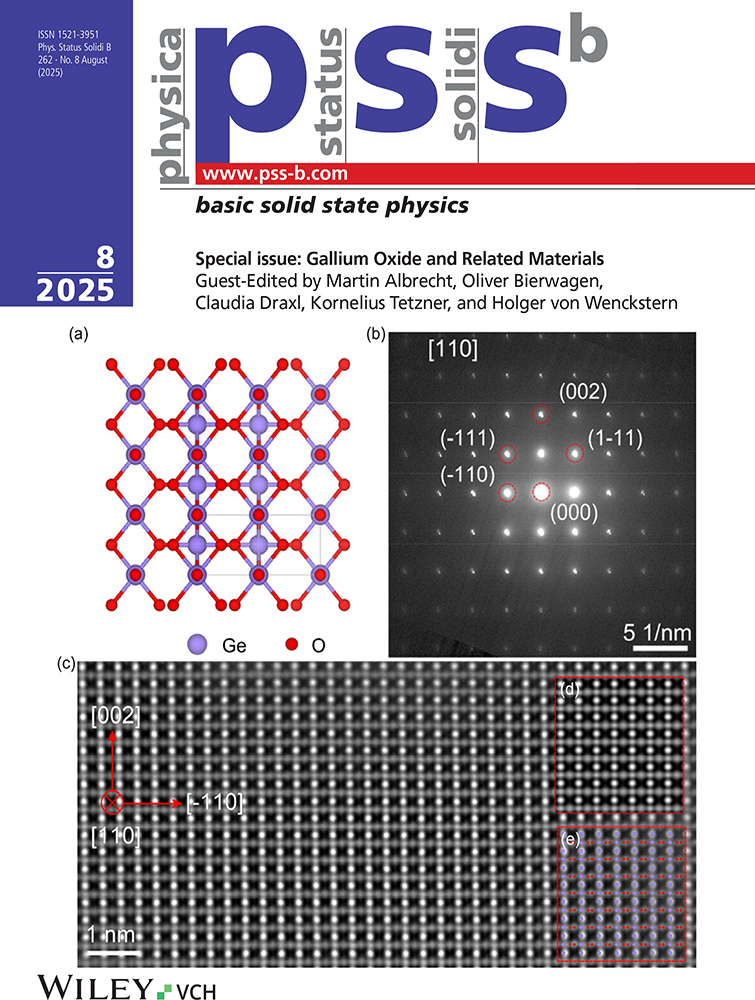Simulations and Experiments of 3C-SiC/Si Heteroepitaxial Growth
Abstract
Mechanistic reaction paths for the heteroepitaxial growth of 3C-SiC on carbonized Si(001) were investigated using a combination of molecular dynamics (MD) simulations and molecular beam epitaxy (MBE) experiments. Possible mechanisms of 3C-SiC heteroepitaxial growth on the Si(001) surface by carbonization was derived by MD [carbonization] simulation as the shrinkage of the [110] row of the Si lattice atoms with C adatoms. The stable Si-terminated 3C-SiC(001) surface was found by MD [surface] simulations to exhibit h×2 (where h = …, 7, 5, 3 with increasing Si adatom coverage) reconstructions with Si adatoms on 3C-SiC(001) 2×1. The most stable surface structure is 3C-SiC(001)-Si 3×2 with a dangling bond density of 0.67 per 3C-SiC(001) 1×1 unit cell. Good quality layers were obtained by surface-structure-controlled epitaxy in which in-situ reflection high-energy electron diffraction was used as a feedback signal to adjust JC/JSi during growth to maintain a 3×2 surface reconstruction. A model involving asymmetric shrinkage and asymmetric growth kinetics parallel and perpendicular to step edges on a miscut substrate is presented to suppress the growth of antiphase boundaries (APB). 3C-SiC(001) 3×2 surface-structure-controlled epitaxial MBE growth on the miscut Si(001)-4°[110] substrate results in single-phase 3C-SiC with low density of APB.




